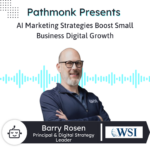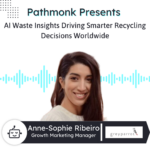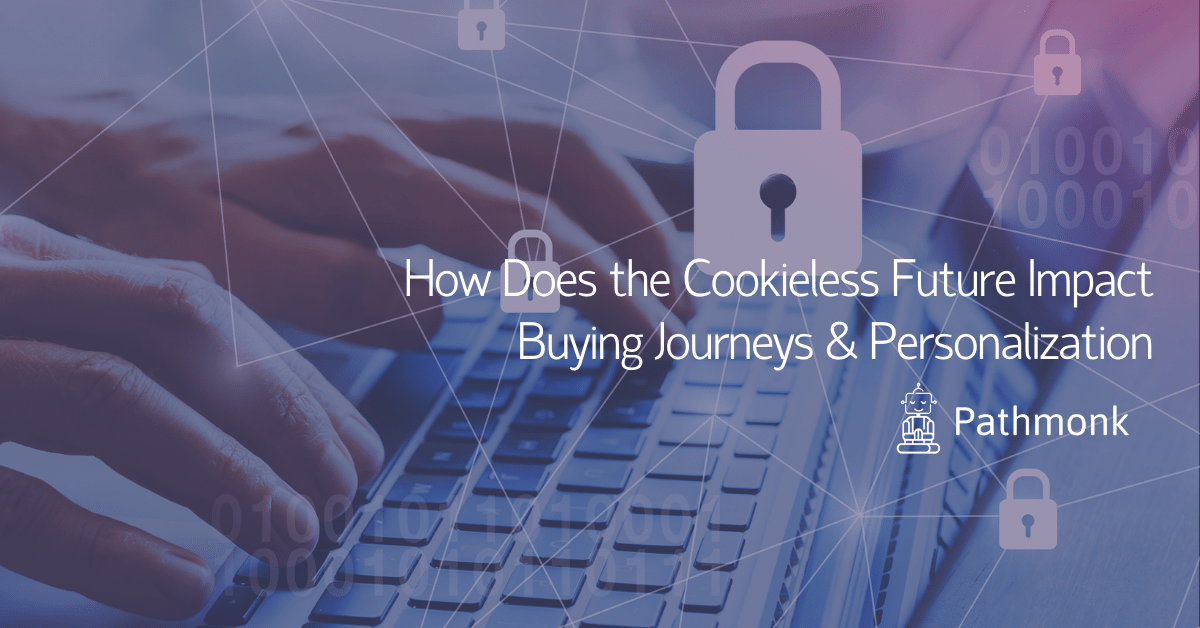
The Cookieless future, the impact, and what’s next for personalization and buying journeys? We’ll dive into the demand for personalization, how the loss of cookies will impact our buying journeys and what we can do to provide better buying experiences that enhance and add value to our users’ online journeys.
‘Man is by nature a social animal’. Connection and social interaction are just as essential to our survival as food and water. So as the world becomes increasingly digital, we have to strive to maintain the human element, the human connection. B2C experiences have been notoriously personalized and built on connection and relationships. So why is this not the same approach for our B2B buyers?
Almost 98% of buyers are leaving websites before converting into customers. With 80% of our consumers more likely to buy from a brand that provides personal experiences, we have to take a deeper look into the buying journeys and experiences we are creating for our users. In order to create these personalized experiences, understand our customers, and measure and track online interactions we have relied on cookies. But as the digital world shifts around us, we have to embrace the cookieless future and our consumers’ demands for change.
2.5x better ad results with cookieless retargeting
Create high-converting retargeting ads based on your users' real-time intent.
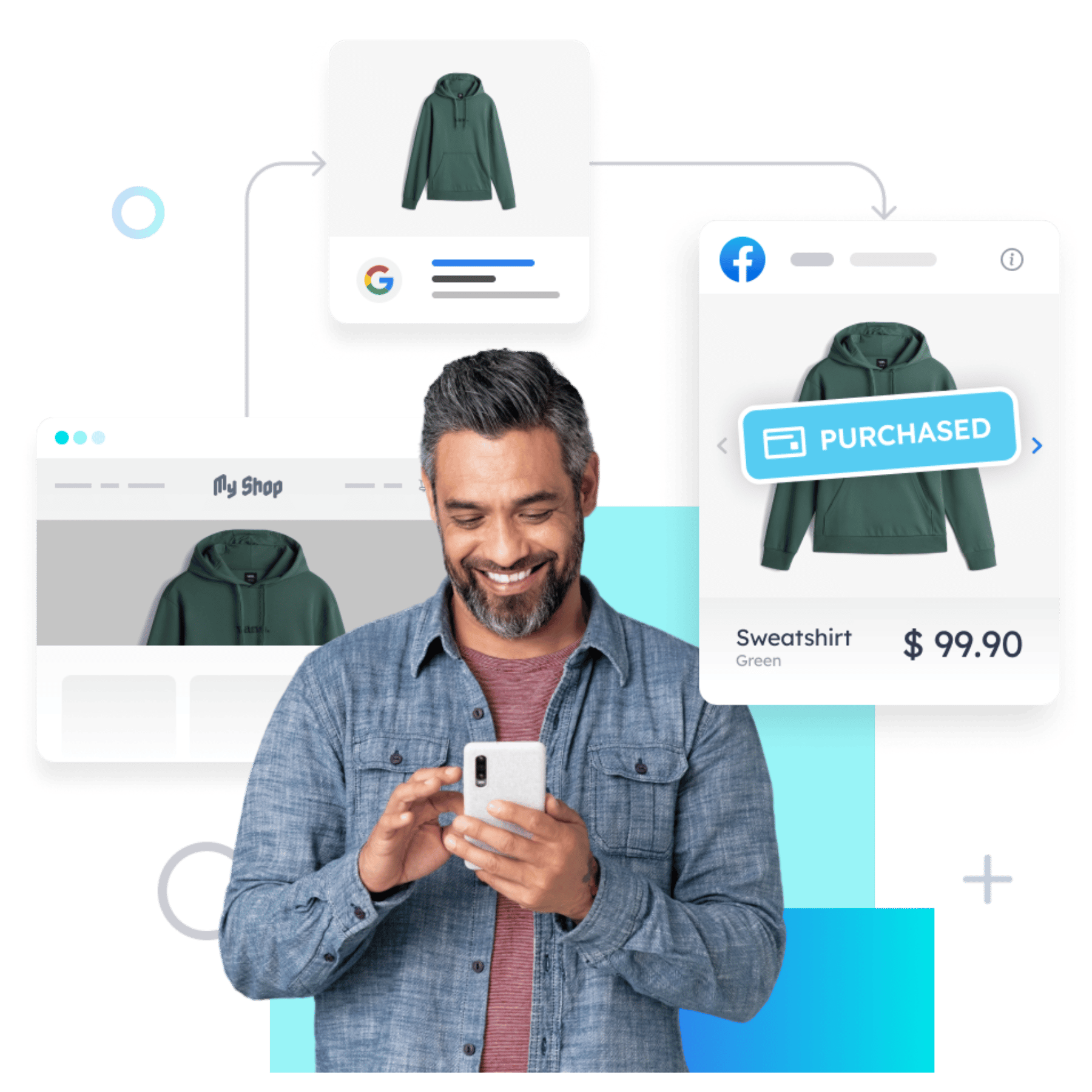
First-Party Data vs Third-PartyData
First-party data is collected and stored directly on your site. This is data a business collects directly from its website visitor or customer. This is both behavioral and declarative data that organizations use to personalize experiences. From remembering your login details to your shopping cart to your language preferences, this data is collected through a pixel or a cookie, installed on your website to track the user activity.
This also includes your audience’s personal data (Name, email address, country, etc). Consumers willingly agree to the collection of their data or voluntarily give the data to an organization. It is data that is only available to the owners of the website visited by that user. This user-consented information allows you to understand your market, track onsite behavior, and ultimately gain more audience insights.
Contrastingly third-party data, as is in the name, comes from third-party sources. This data is often collected by data aggregators who pay other data owners and publishers for their first-party data. They then sell it to businesses on data marketplaces and exchanges. These data aggregators do not have direct relationships with the users this data belongs to.
Third-party data enhances your first-party data by expanding the reach of your messaging, discovering new audiences, or increasing your ad retargeting efforts.
Is the Cookieless Future Really Cookieless?
Not yet. First-party cookies are used to identify a user between pages, remember selected preferences, or remember and store your shopping cart. With every new page load, your login and cart would be forgotten without these cookies. First-party cookies set the foundation for the internet and are not going away yet. However, they will not continue unscathed. Both Apple’s ITP (Intelligence Tracking Prevention) and Mozilla’s ETP (Enhanced Tracking Protection) have impacted the lifespan of first-party cookies.
Third-party cookies will be going away permanently with companies like Apple, Microsoft, and Mozilla having already blocked third-party cookies in their browsers long before Chrome. As Chrome dominates as the most popular browser in 2022, its announcement to remove third-party cookies has created fear and panic in the marketing and advertising industries.
So Why Are Third-Party Cookies Going Away?
Simple, privacy. In the same way, our buyers are demanding better online experiences, they are also demanding more privacy. The Director of Chrome Engineering, Justin Schuh’s goal is to ‘make the web more private and secure for users, while also supporting publishers.’
Consumers have lost trust in brands that rely on third-party cookies. This often removes them from their buying journeys and creates more friction and concerns. As Justin reminds us ‘Users are demanding greater privacy–including transparency, choice, and control over how their data is used–and it’s clear the web ecosystem needs to evolve to meet these increasing demands.’
Sure, third-party cookies have helped us personalize the buying experience as they help to track users between websites and display more relevant ads. But, how far is too far? And how much personalization becomes too invasive? Most importantly, how can we provide better personalization and buying journeys without breaching our audience’s privacy and embrace the cookieless future?
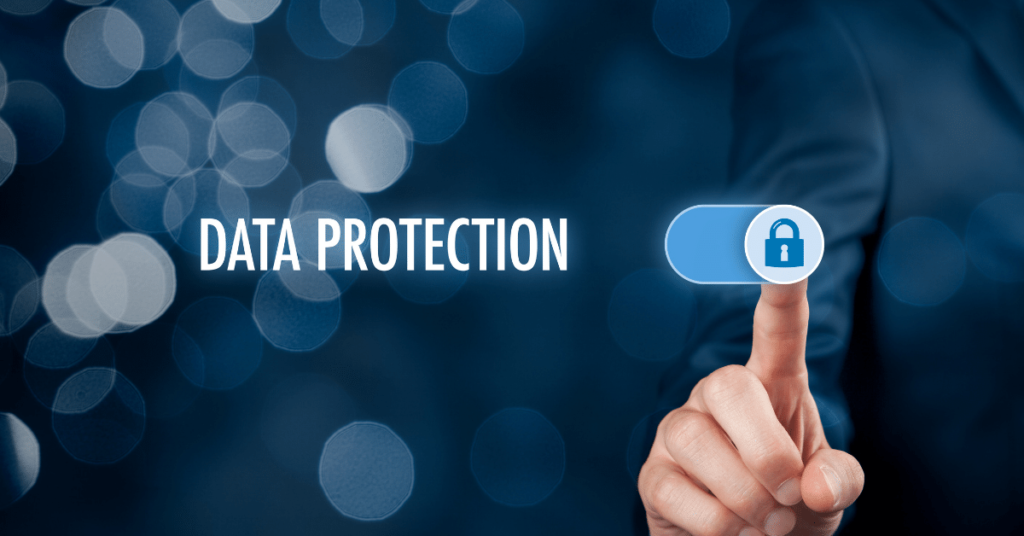
The Impact
The loss of this unearned third-party data and the risk of a truly cookieless future has left those of us who specialize in behavioral measurement, conversion rate optimization, UX, and customer experience, concerned. From finding quality prospects, re-engaging customers, and measuring the effectiveness of digital ad campaigns; our ability to engage prospects seems to hang in the balance.
Perhaps this is an opportunity rather than something to be feared. An opportunity for marketers to shift their focus. An opportunity to get back to the craft of marketing, to understand what it truly means to be a marketer. We’ve convinced ourselves that hyper-targeted ads are keeping our customers engaged. But consumers are feeling chased, invaded, and tired of being bombarded with ads.
We’ve used third-party cookies as a crutch. We’ve spent too much money, over-targeting individuals and spending less on developing relationships, optimizing buying journeys, and building our brand image from the foundation up. We’ve missed the potential to create human connections and expose our brand to new potential customers. If we focus too much time and money on the individual who viewed our solution or product once, perhaps even by mistake, we miss out on the other prospect who really needs it, and who has challenges we can solve. We are ultimately here to serve and provide value to our buyers; to make them aware that we exist as their much-needed solution or product.
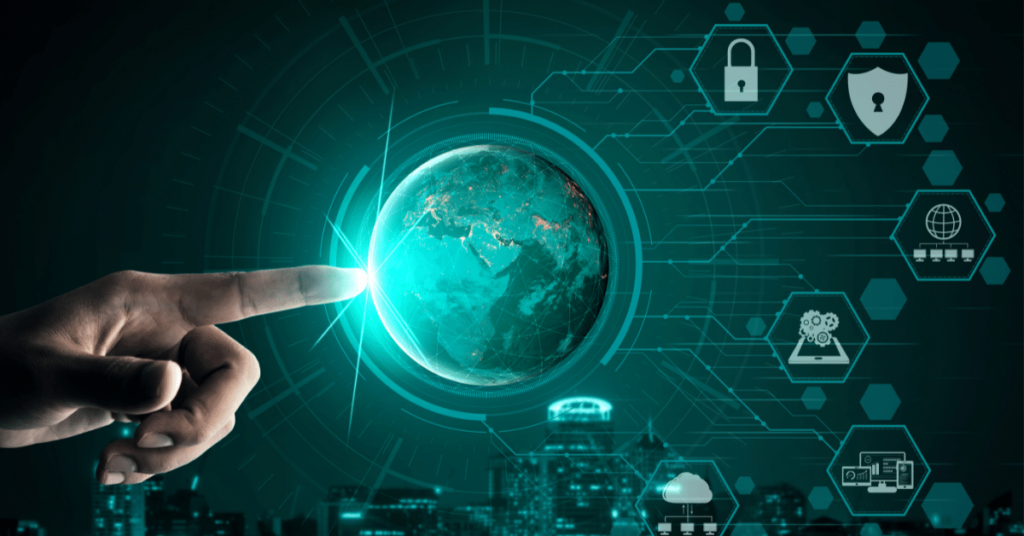
So What Does The Cookieless Future Look Like?
We believe that personalization, increased user engagement, and optimized buying journeys are the future of website experiences. But with cookies disappearing this raises several challenges. There is no denying that only powerful data makes this next-generation website experience possible. We must shift the paradigm in order to continue to gather consented data and monitor buying intent. That is why solutions without cookies, like Pathmonk Intelligence, are the future of this cookieless era. By leveraging data science and artificial intelligence, you can collect buying-journey data, growth opportunities, and actionable insights. You’ll finally have the power to understand why customers aren’t converting.
The Need for Personalized Buying Journeys
If we collect this buying-journey data we have the power to create personalized, useful, and valuable buying experiences. Relying on cookies can no longer be our main source for creating personalized online experiences. By embracing the cookieless future and working to understand our prospects’ buying journeys we can work to better understand our buyers overall. To create personalized buying journeys we must acknowledge the buying journey stages our user finds themselves in.
As prospects navigate the web for the ultimate solution they can find themselves in the awareness or consideration or decision stage. If a prospect is simply gathering information on a topic and only becoming aware of your solution they may not be ready for a demo or in-depth comparison. So why would we overwhelm them with inappropriate pop-ups that simply distract and frustrate them?
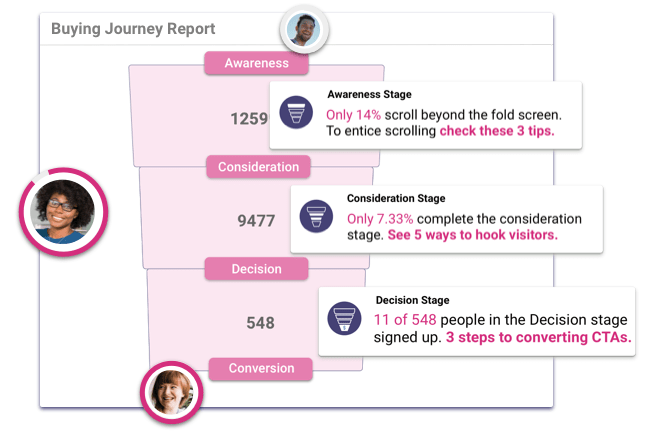
We must provide our prospects with CTAs and content that match their intent and buying journey stage. Content that supports the prospect, provides value and guides them to the natural next step in their buying journey.
But how do we know what stage they are in? Pathmonk Results analyses the website buying journey and influences visitors in real-time to instantly qualify and convert. With the power of artificial intelligence Pathmonk Results predicts intent and the most likely next step your prospect will take. Will they leave, do more research, or sign up? Through interactive micro-experiences you can serve content that matches your prospects’ needs; always adding personalization and value to the overall buying experience.
Conclusion
The cookieless future is nigh. As the rules surrounding cookies adapt and change, according to the demands of consumers, we must adapt and change too. We can no longer rely on cookies and we must shift our focus from just selling to truly offering value and building trust. Brands that embrace the cookieless future and meet their prospects where they are, will be the brands that survive this cookie apocalypse. Armed with personalized buying journeys, valuable content, and the human touch, you can go forth as the best marketers yet.
2.5x better ad results with cookieless retargeting
Create high-converting retargeting ads based on your users' real-time intent.


